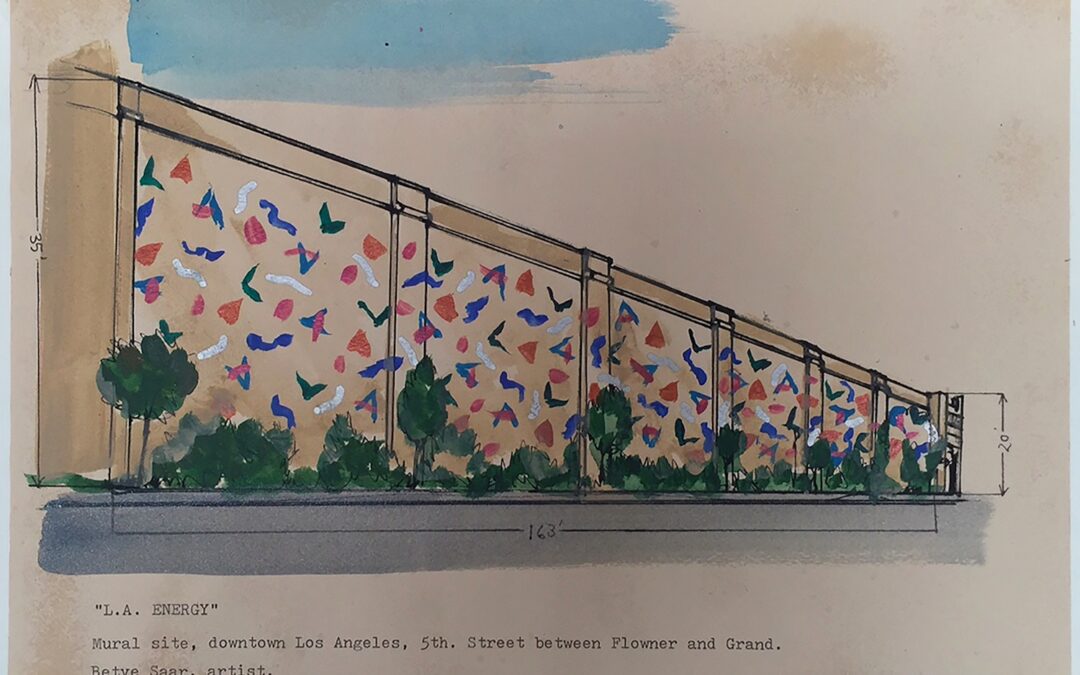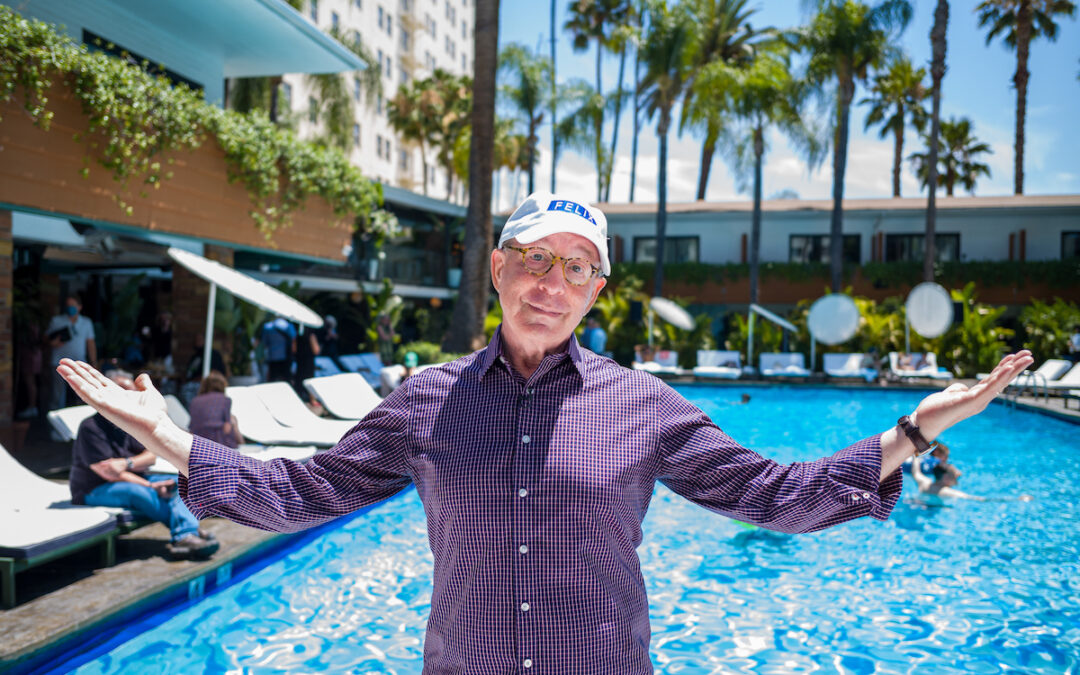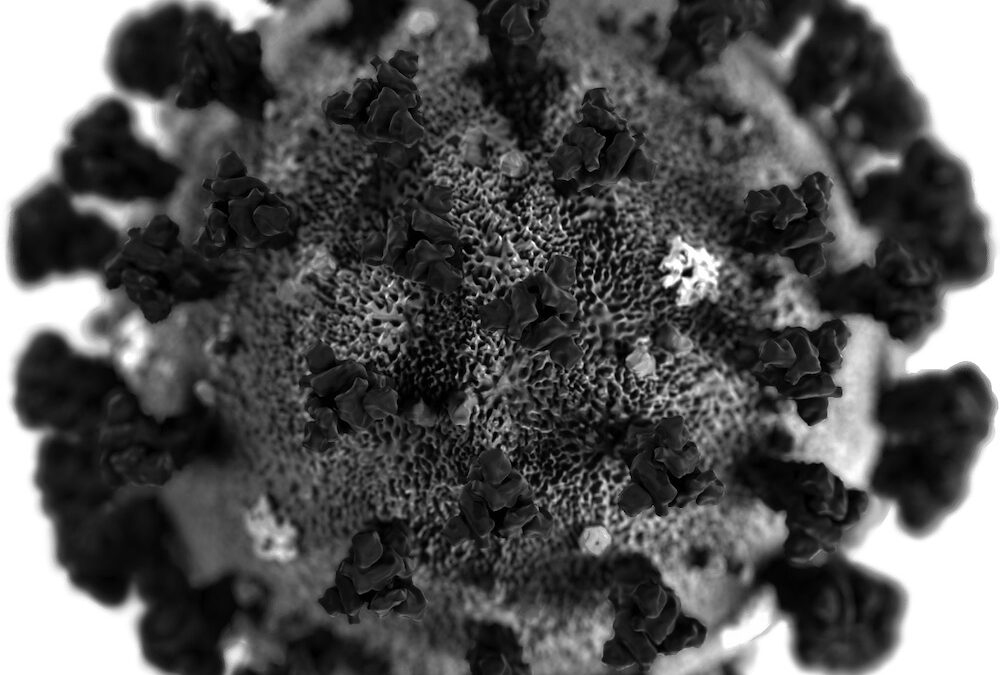Frieze 2022 The art fairs have returned, and with such a burst of optimistic energy! Maybe they’re signaling the lifting of the curse of COVID—or our fervent hope for its end. And maybe artists, during all the imposed quarantines and self-isolations, have devoted...




